If you’re new to photography, you might have wondered what “mm” means in the name of a lens like the Nikon AF-S NIKKOR 50mm f/1.8G lens or the Canon EF 24-105mm f/4L IS II USM lens.
What Does MM Mean on a Camera Lens?
Simply put, “mm” is the abbreviation for millimeters and refers to the focal length of the lens, which refers to the distance between the point where the light collected by a lens intersects and the image sensor of the camera when a lens is focused to infinity.
For photography, the lower the number of “mm”, the wider the field of view, which is why lenses with lower numbers are often referred to as “wide angle” or simply “wide.”
What are the Different Kinds Of Lenses?
Generally speaking, lenses with a focal length less than 24mm are considered ultrawide lenses, those with focal lengths between 24mm and 35mm are wide, focal lengths between 35mm and 60mm are known as normal and focal lengths above 60mm are called telephoto lenses.
| Focal Length | Lens Type | Best for… |
|---|---|---|
| <12mm | Fisheye | Distorted and abstract photography |
| 12mm – 24mm | Ultra-wide | Landscapes, architecture |
| 24mm – 35mm | Wide | Landscapes, architecture, environmental portraits |
| 35mm – 60mm | Normal | Standard portraits, street photography |
| 60mm – 100mm | Short telephoto | Close-up portraits, landscape and architecture details |
| 100mm – 300mm | Medium telephoto | Larger animals and sports |
| 300mm + | Long telephoto | Birding, wildlife, professional sports |
Usually, ultrawide wide angle lenses are used for landscape and architecture photography, while normal lenses are versatile because they offer a neutral, undistorted angle of view.
Telephoto lenses up to about 100mm are excellent for portrait lenses, while lenses 200mm and longer are good choices for sports and wildlife photography, because they allow you to capture images from a distance.
In addition to those classes, there are two basic kinds of lenses: prime lenses and zoom lenses. Prime lenses have a single focal length, while zoom lenses let you adjust the focal length between two extremes.
How is a Prime Lens’ Focal Length Shown?
For prime lenses, which have a single focal length, the notation is straightforward. Most prime lenses have a marking near the front element that includes a number followed by “mm,” signifying the focal length.
For example, the Canon EF 50mm f/1.8 lens is a full-frame DSLR lens with a focal length of 50mm, as displayed prominently on the side of the lens barrel.
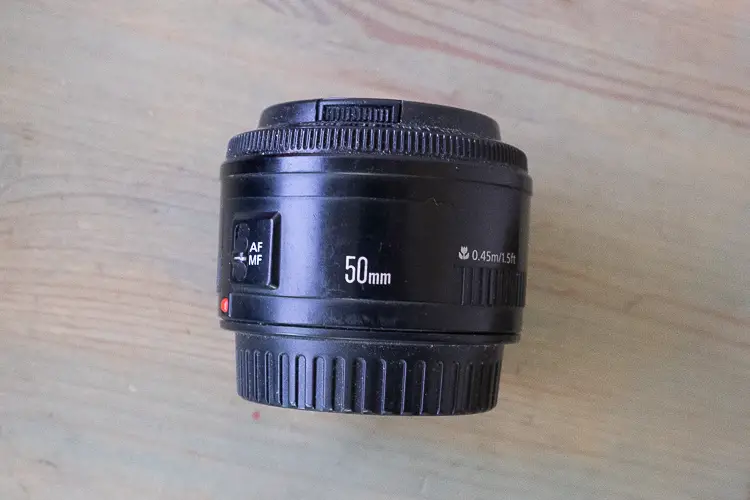
How is a Zoom Lens’ Focal Length Shown?
Usually, a zoom lens also has a marking showing its focal length near the front element. It’s usually formatted as two numbers separated by a hyphen, with the lower number coming first and showing the widest focal length and the higher number following it, showing the longest focal length.
For example, the Canon 17-40mm f/f L lens, which is available for full frame Canon DSLRs, has a focal length of 17mm at the widest and goes to 40mm on the long end. The lower zoom ring is responsible for changing the focal length of the lens – the currently selected focal length can be determined by the number at which the white line is pointing.
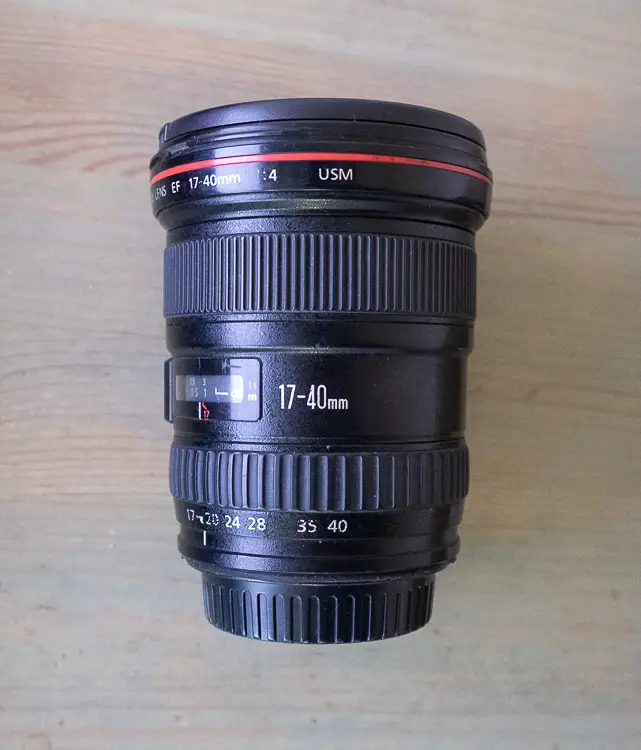
How Does Focal Length Change on Crop Sensor Cameras?
One caveat to bear in mind when choosing a lens: focal length is only part of the field of view equation. Another part is the size of the image sensor.
Because 35mm photography became so dominant in the 20th Century, photographers have become accustomed to thinking about whether a lens is wide, normal or long based on the categories mentioned above, which use a frame of 35mm film as the image plane.
With the rise of digital photography, 35mm film was no longer the only game in town. Many early digital SLR camera sensors were smaller than the 36mm x 24mm frame size of 35mm film.
What Are Crop Sensor Cameras?
Soon that size became known as “full frame” and smaller sensors became known as “crop sensor” cameras. That’s because the field of view is narrower, making it appear cropped compared to the full frame field of view.
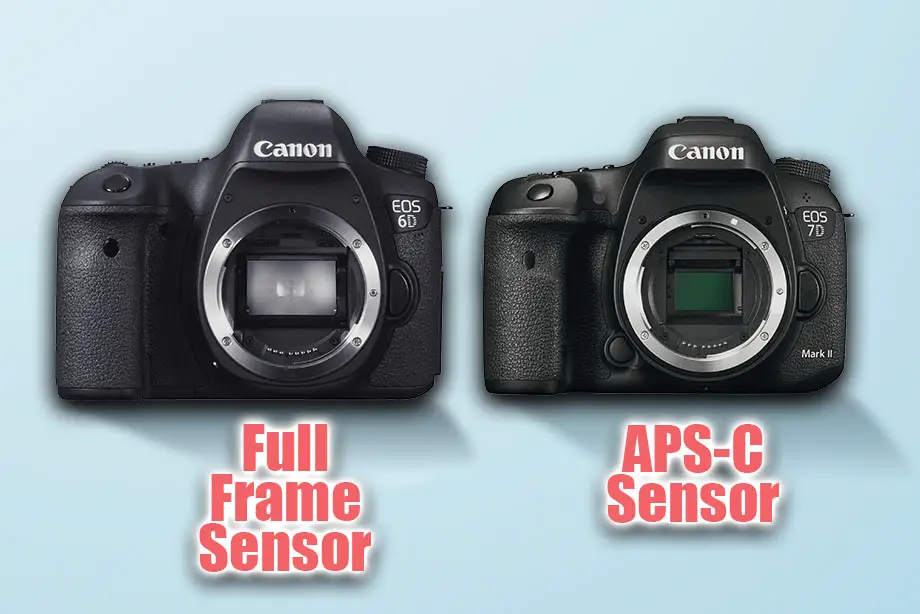
Most crop sensor cameras, such as the APS-C type, have a field of view about 1.5 times narrower than that of a full frame camera, with others at 1.6 times narrower and some, like Micro Four Thirds, with a field of view twice as narrow.
Field of View Vs. Focal Length
One common reason for confusion when it comes to choosing a lens is that while the focal length might be the same, a different sensor size can give a much different field of view.
For an example, take the Nikon NIKKOR Z 24mm f/1.8 S lens. On a full-frame camera like the Nikon Z5, it offers a very wide 84 degree angle of view. On a crop sensor camera like the Nikon Z50, which has a field of view 1.5 times narrower, the lens has an angle of view more similar to a 35mm lens on a full-frame camera.

Crop-sensor Only Lenses
Making wider angle lenses can be challenging and expensive if they have to cover a 36mm x 24mm imaging surface. If they’re designed to only work with a smaller imaging surface, they can be more economical and simpler to make.
Lenses designed only to work with crop sensor cameras are marked with the same focal length as would any other lens, because that’s something built into the design of the lens.
Many are marketed with language like “equivalent” or “35mm equivalent” along with what their field of view would match on a full-frame camera to make choosing the right lens easier.
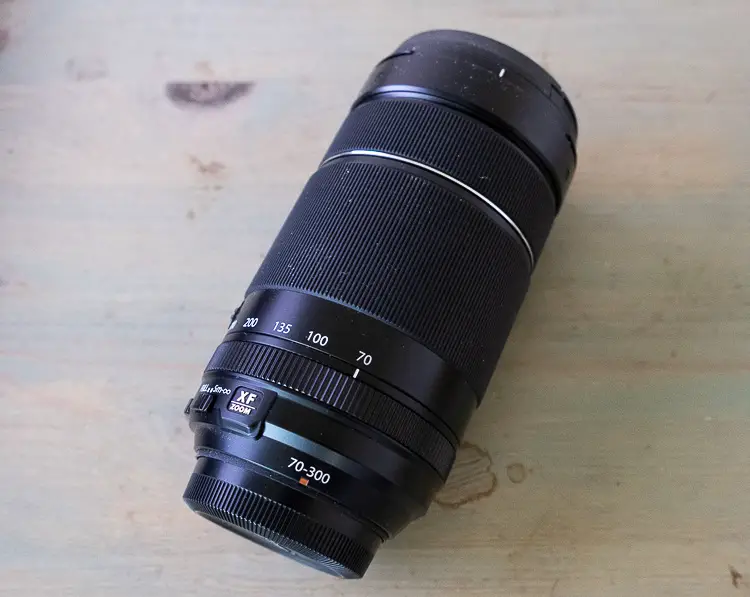
Focal Length and Lens Size
One thing you’ll probably notice pretty quickly is that camera lenses can come in a dizzying array of sizes.
Some prime lenses are so thin that they’re referred to as pancake lenses, while some high-end, expensive zooms are nearly too heavy to handhold, requiring a monopod or tripod instead.
Focal length, and in the case of zoom lenses, focal length range, is part of what determines the size of a lens, but by no means all.
Maximum Aperture
Other factors include the maximum aperture. The maximum aperture, or f-number, of a lens, is the ratio between the focal length of the lens and the diameter of the entrance pupil.
Larger maximum apertures require larger aperture curtains and more mechanical space in which to operate. This means that a faster lens will generally be thicker in diameter and thus heavier than a slower lens of the same focal length.
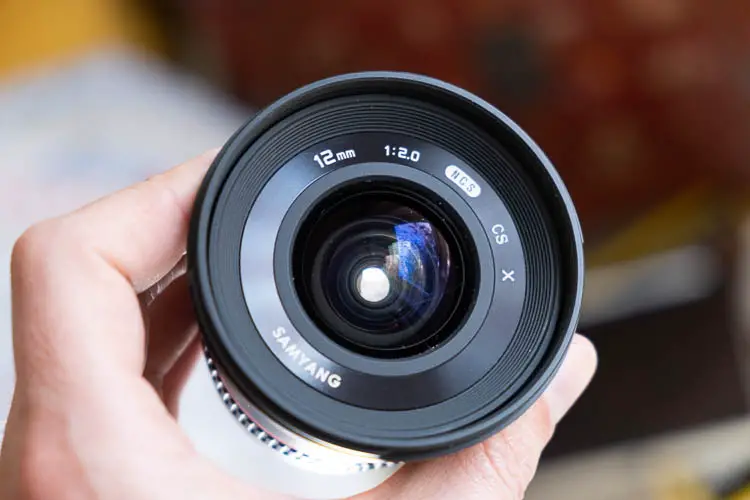
Constant Vs. Fixed Aperture
For zoom lenses, another consideration is whether the lens has a fixed maximum aperture or whether it has a variable one.
To illustrate the potential difference, look at the Canon RF 24-105mm F/4-7.1 IS STM lens compared to the Canon RF 24-105mm f/4 L IS USM lens.
The f/4-7.1 lens weighs 13.93 ounces or 395 grams, compared to more than 24 ounces or about 700 grams for the constant aperture f/4 lens.
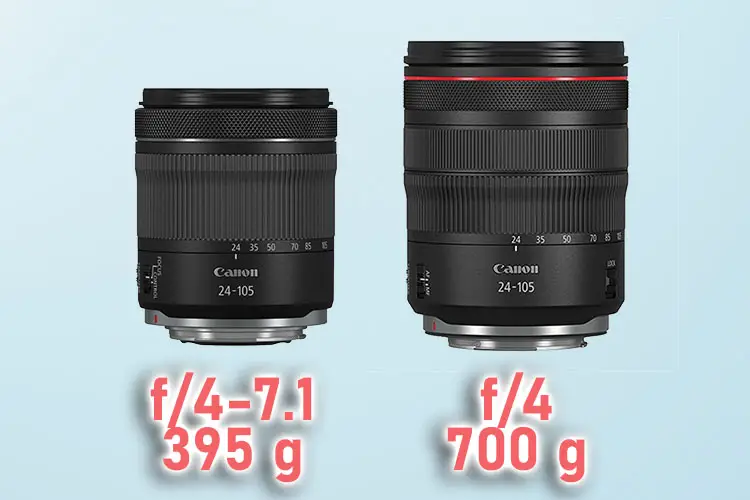
Both lenses contain image stabilization mechanisms, but the constant aperture of the f/4 lens means that it requires more space for the aperture mechanism, giving a larger, heavier lens.
Construction Differences
The intended user also can affect size, weight and price for lenses. The Canon EF 70-200mm f/2.8L IS III USM lens costs nearly $2,100 and is aimed at a professional audience. It’s 7.8 inches — 199mm — long and weighs 3.26 pounds, or 1,480 grams.
The Canon EF 75-300mm f/4-5.6 IS II USM lens, aimed at a more general audience, costs $599 and weighs 1.56 pounds, or 710 grams, around half the weight of the 70-200mm L lens above, despite it’s much longer focal length range. Unlike the 70-200mm lens, the 70-300mm lens gets longer as it zooms, changing in length from 5.73 inches — 145.5mm — to 8.46 inches — 215mm.

This weight and size discrepancy is due to the extra glass elements in the 70-200mm L lens, which improves optical quality, along with an image stabilization system to ensure sharp photos.
So, although you might think that lenses with longer focal length ranges would be bigger and heavier, this is not always the case.
Which Lens Should You Choose?
Picking a lens is always a balancing act. You need to consider what kind of photography you’re going to be doing most often and buy the appropriate kit.
If you’re going to travel but don’t have a lot of room, a single zoom lens that covers a wide range might be a good choice.
If you’re mostly a portrait photographer, invest in fast, sharp lenses between 50mm and 105mm.
Prime Vs. Zoom
Modern lenses are really good, even inexpensive zoom lenses. But if you want the very best bang for your buck, you might want to look at a prime lens.
Because they have fewer design compromises, prime lenses are usually sharper than a similarly priced zoom lens would be at that focal length.
For some good examples, take a look at our articles on the best Canon lenses fo vlogging, or the best Canon lenses for low light.
FAQs
Is a Higher MM Lens Better?
A higher mm lens is better for wildlife photography as it gives you a larger zoom, and allows you to take photos from much further away. If you think you will be taking photos from a distance, then go for a higher mm lens, above 100mm.
Which MM is Best for Photography?
Between 16mm to 24mm is best for landscape photography, 35mm to 85mm is best for portrait photography, and 300mm plus is best for sports and wilidlife photography. Getting a zoom lens means that you can cover all of these focal lengths in one to three lenses, reducing your overall cost.
Read More:
F stop vs aperture: What’s the difference?
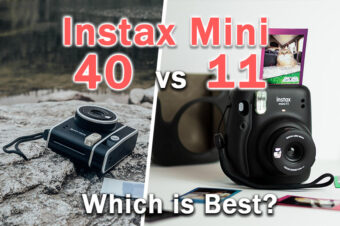

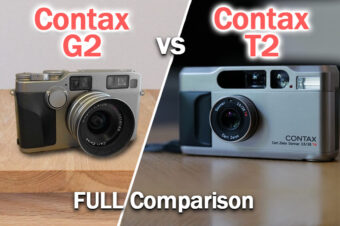



Leave a Reply